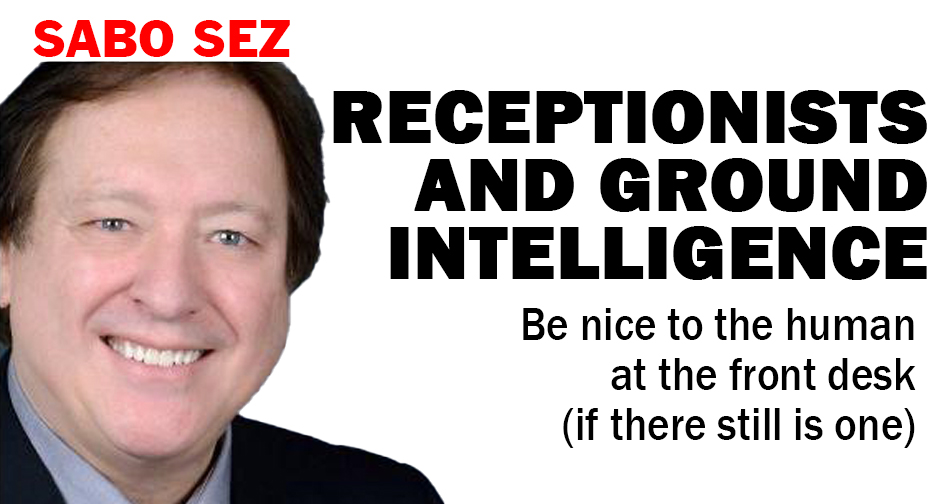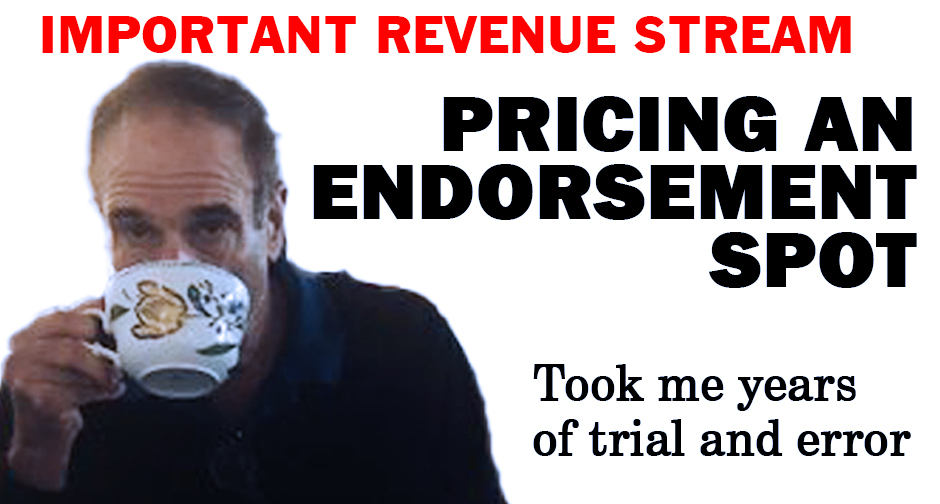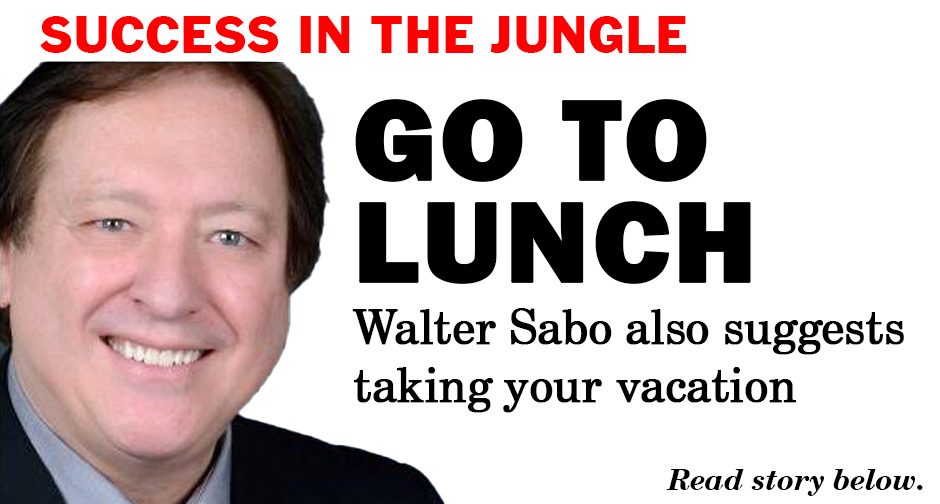Radio is Hard to Buy… Really!
By Walter Sabo
A.K.A. Walter Sterling
Radio Host
 Surprisingly, my company Sabo Media has bought commercial time on radio stations. It’s a surprise because brands have come to us because the word “media” is in the name. Some brands think Sabo Media is a media buying company. Hysterical.
Surprisingly, my company Sabo Media has bought commercial time on radio stations. It’s a surprise because brands have come to us because the word “media” is in the name. Some brands think Sabo Media is a media buying company. Hysterical.
Here’s what I learned placing buys for real clients onto big radio stations. (Note, at no time did I remind/tell any station that I was a radio guy).
RADIO IS HARD TO BUY. For years we’ve heard from advertising agencies that radio is hard to buy. It is. Top line of my adventures in buying:
First, I had to reach somebody, anybody at the stations. Challenge number one. Look at your website. Where is “selling” information to inspire a local retailer to buy your station? There is none. How can a potential advertiser contact you? FILL OUT A FORM. What? No information on who gets the form or when they will call back.
Solution: No forms. Put an AE’s direct phone number, cell number and real email on the site under CONTACT. Put a picture of the AE so local retailers can make a visual connection. What do real estate sellers do? You should do that.
The buys we made were for books and cat litter. As a radio guy, I knew the secret knowledge we share of how to get the best results for the clients; i.e. which dayparts and copy would work. For the book campaign I asked the talent to read a portion of the book on the air and share their feelings about the book. I did not negotiate price or ask for any bonus spots. The goal was superior service from the station!
At one San Francisco station, I was never connected to an actual account executive. Instead, I only got their assistant. Imagine, new client, top of the rate card and no AE! Radio is hard to buy.
Solution: All new business should be sent to the sales manager. Letters of thanks from the on-air talent and the market president should go to the new client. Thank you letters work. Add direct phone numbers on those letters. One of the “gifts” of consolidation is the elimination of a main number and operator. Yes, stations make it really hard to reach anybody in a station.
I placed a morning drive order in Chicago. Top of the rate card, live read, talent encouraged to adlib and have a good time. I got the strangest response from the general manager. He called me and berated me, demanding to know why I thought “his” audience would want to purchase this book! I still don’t understand his anger but the buy ran.
Solution: When your station gets a top of the rate card, live read, just say, thank you.
Now to the cat litter. “Lucy Pet Products” made an amazing litter. It never, ever smelled. A gift from heaven. The litter helped prevent urinary tract infections – and that was the problem. One company would not accept the easy-to-change copy because it was making a medical claim. A claim for cats! The same company runs spots for not-approved-by-the-FDA vitamins, hospitals, liposuction clinics and boner medicine. But litter that didn’t irritate cats? We can’t have that.
Radio is hard to buy.
But the other side is this: An iHeart market sales manager thanked me for the buy and then asked, “What can I do for you?” I said, “Jingle Ball!”
I’m easy to contact: Cell 646.678.1110. Email: Walter@sabomedia.com. Website: www.waltersterlingshow.com. And thank you for the read.



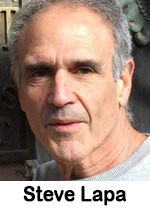 If you float a trial balloon, expect it to be shot down.
If you float a trial balloon, expect it to be shot down.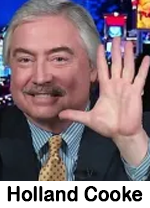 I asked ChatGPT, “What IS ChatGPT?”
I asked ChatGPT, “What IS ChatGPT?”
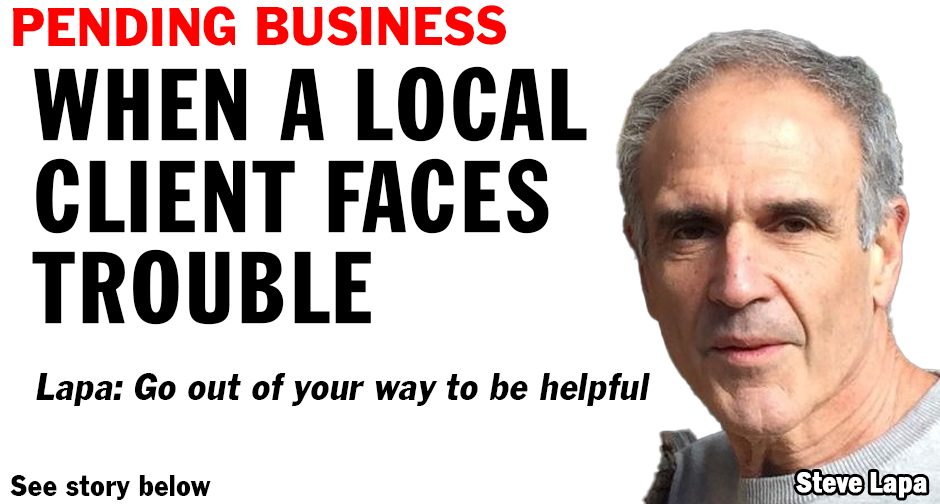
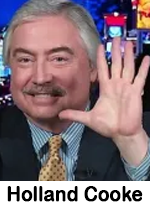 Companies hire consultants to avoid experiments. We improve results by customizing and implementing Best Practices proven elsewhere. So, I’m about to break a rule, because advertisers in a super-opportune category have become a noisy blur.
Companies hire consultants to avoid experiments. We improve results by customizing and implementing Best Practices proven elsewhere. So, I’m about to break a rule, because advertisers in a super-opportune category have become a noisy blur.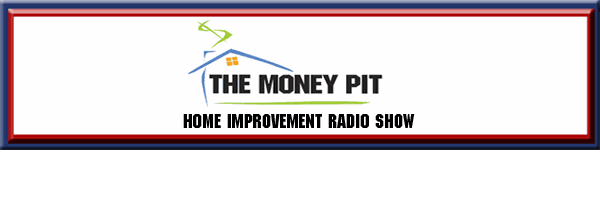
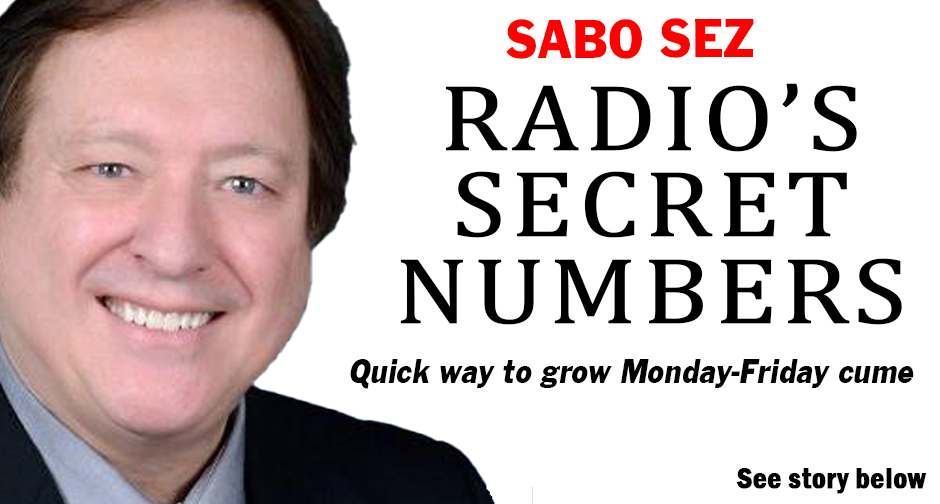
 Every radio sales presentation should start with one powerful number. This number – often found under the Sphinx – will dazzle any buyer, but is rarely revealed. The number is Homes Using Radio (HUR). Once upon a time it was part of the conversation. HUR shows how many people are using radio at any given time, a total number.
Every radio sales presentation should start with one powerful number. This number – often found under the Sphinx – will dazzle any buyer, but is rarely revealed. The number is Homes Using Radio (HUR). Once upon a time it was part of the conversation. HUR shows how many people are using radio at any given time, a total number.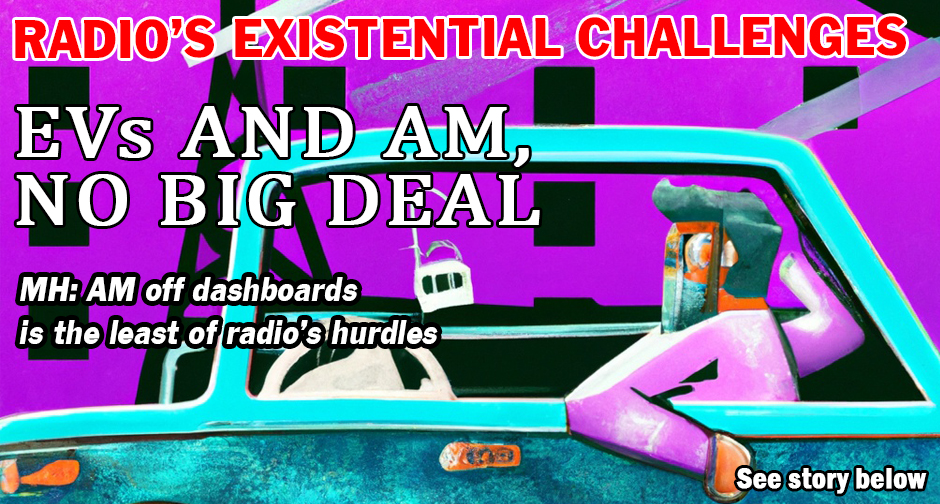
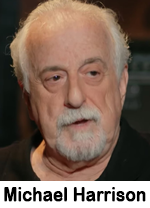 piece’s “background” information and premises. In the article, Harrison supports the observation that the sale of EVs constitutes a small fraction of the current automotive marketplace and it will be years before they achieve a critical mass to impact the health of AM radio. In the meantime, Harrison asserted at this morning’s meeting of the TALKERS editorial board, “There are far more immediate existential threats to AM radio, not to mention FM radio, with which the broadcasting industry must contend.” He points out, “Relevance and identity! AM radio being dumped from dashboards is an innocuous thing to worry about. FM radio will be dumped from the dashboard as well… the entire idea of a radio-exclusive appliance is on the verge of obsolescence… and we’re not just talking about electric vehicles – we’re talking about all vehicles! We’re faced with an all-encompassing computer system at the fingertips and voice control of the driver and passengers.” Harrison continues, “In the meantime, today’s media consumers are savvy enough to know how to find their entertainment and information brands via the combination of Bluetooth and smartphone. Thus, the challenge facing both AM and FM radio – two increasingly irrelevant designations – is to maintain the importance, distinguishability and brand of the medium itself – R-A-D-I-O – and not let it get lost in an endless ocean of options available to the potential audience.”
piece’s “background” information and premises. In the article, Harrison supports the observation that the sale of EVs constitutes a small fraction of the current automotive marketplace and it will be years before they achieve a critical mass to impact the health of AM radio. In the meantime, Harrison asserted at this morning’s meeting of the TALKERS editorial board, “There are far more immediate existential threats to AM radio, not to mention FM radio, with which the broadcasting industry must contend.” He points out, “Relevance and identity! AM radio being dumped from dashboards is an innocuous thing to worry about. FM radio will be dumped from the dashboard as well… the entire idea of a radio-exclusive appliance is on the verge of obsolescence… and we’re not just talking about electric vehicles – we’re talking about all vehicles! We’re faced with an all-encompassing computer system at the fingertips and voice control of the driver and passengers.” Harrison continues, “In the meantime, today’s media consumers are savvy enough to know how to find their entertainment and information brands via the combination of Bluetooth and smartphone. Thus, the challenge facing both AM and FM radio – two increasingly irrelevant designations – is to maintain the importance, distinguishability and brand of the medium itself – R-A-D-I-O – and not let it get lost in an endless ocean of options available to the potential audience.” 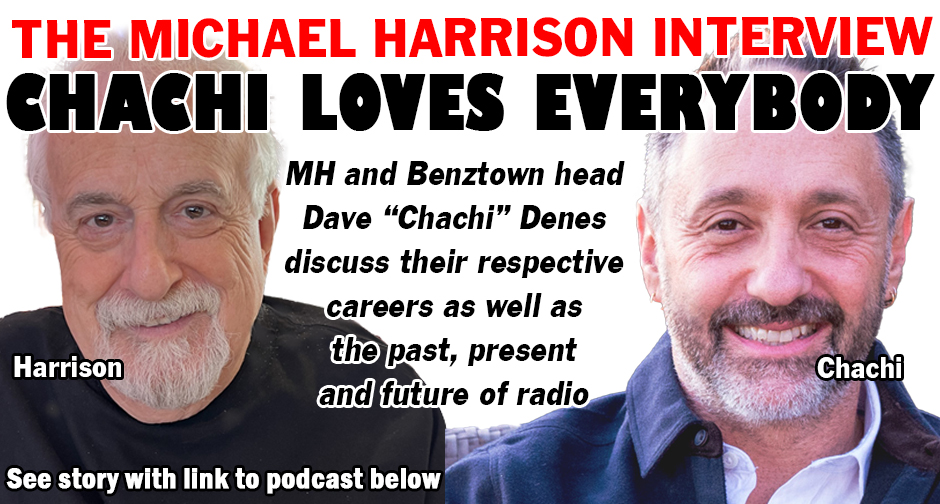
 I’ll bet dollars to doughnuts the updated sales facts below are nowhere to be found in your radio station’s collateral material. This bold challenge is in front of you today as a wakeup call before the calendar becomes your frenemy.
I’ll bet dollars to doughnuts the updated sales facts below are nowhere to be found in your radio station’s collateral material. This bold challenge is in front of you today as a wakeup call before the calendar becomes your frenemy.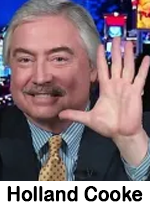 In last week’s column,
In last week’s column, 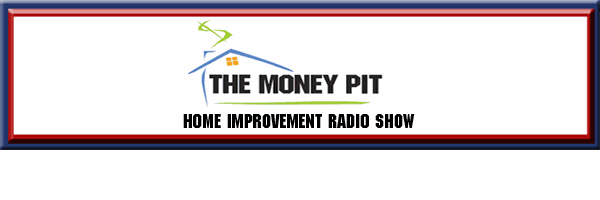
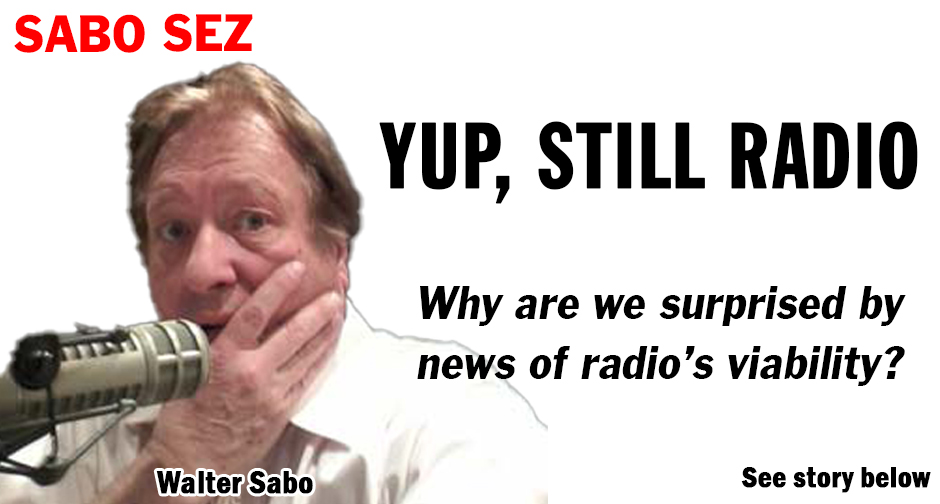
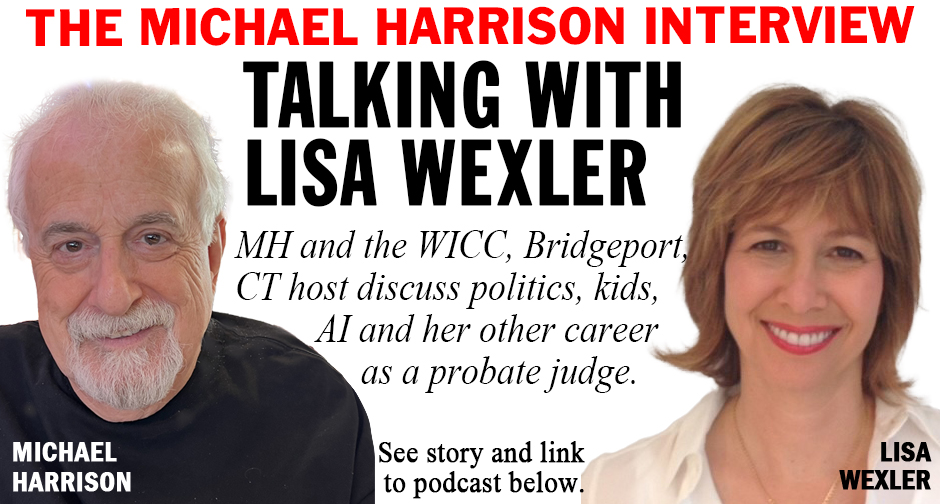
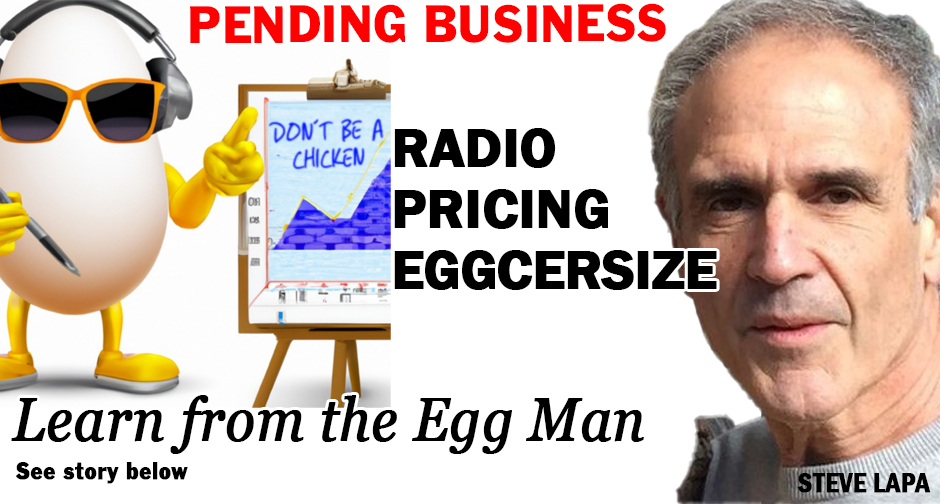
 As The Beatles sang, “It’s been a long, cold, lonely winter.” Baseball – even Spring Training while it’s still chilly in March – says “Here Comes the Sun.” That’s what baseball means… to listeners.
As The Beatles sang, “It’s been a long, cold, lonely winter.” Baseball – even Spring Training while it’s still chilly in March – says “Here Comes the Sun.” That’s what baseball means… to listeners.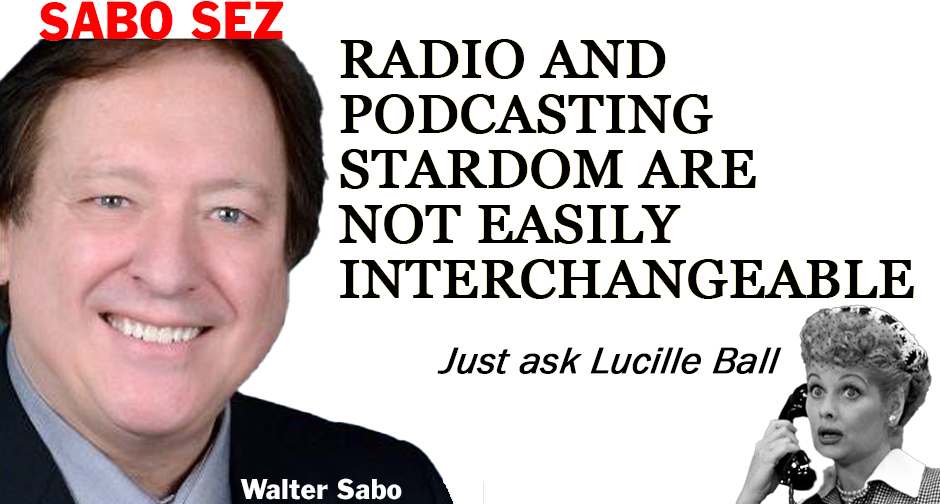
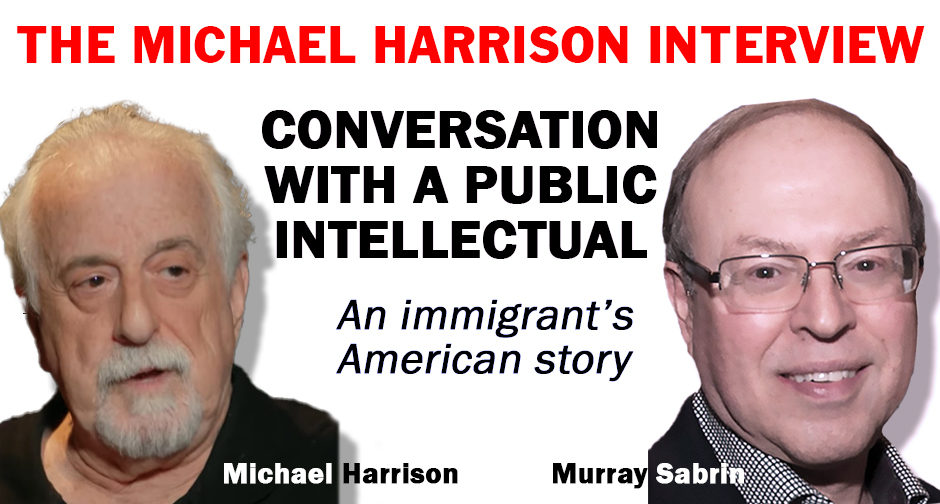
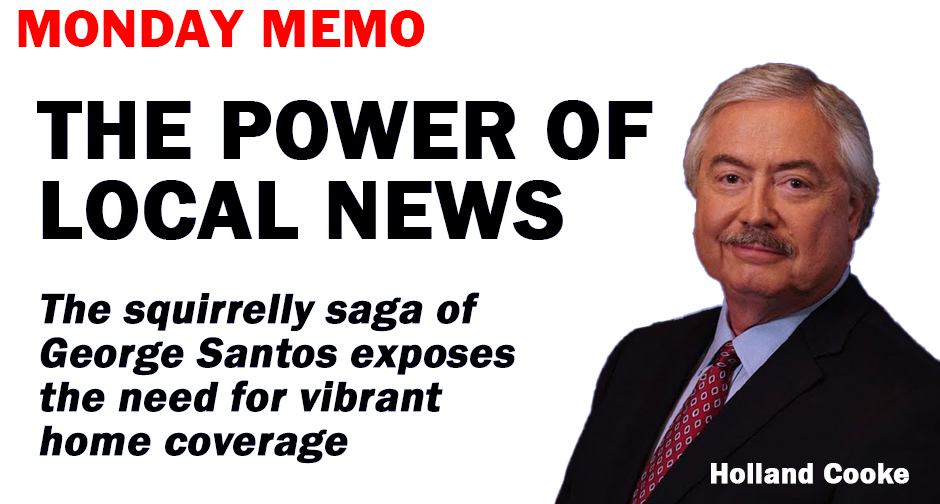
 Why? Done right, it makes you special. Because new-tech audio competitors don’t do local news, and with most broadcast radio hours now robotic.
Why? Done right, it makes you special. Because new-tech audio competitors don’t do local news, and with most broadcast radio hours now robotic. Is it just me, or has packaging become a lost art?
Is it just me, or has packaging become a lost art?
